Tenders create structure and comparability. In practice, however, speed, consultation, and cost-effectiveness throughout the entire project also count.
Here you'll learn how tenders work, where the limits lie, and how you can secure the best solution for renting work platforms with BIBERGER. Everything is concise, clear, and immediately applicable.
What is a tender and how does it work
A tender is a structured procurement process with defined rules. Contracting authorities publish a requirement, and suppliers submit bids based on a specification.
Key phases include needs assessment , publicity, submission of bids, evaluation, and award. Clear criteria ensure transparent decisions.
Mandatory information for work platforms
For reliable quotes, you need a precise description of the service . Important points include working height, reach, load capacity, design, rental period, and location.
Consider access conditions, soil conditions, and wind zones to avoid misplaced offers and delays.
Legal framework and thresholds
Public contracting authorities award contracts through competitive tenders and transparent procedures. Above certain thresholds, Europe-wide regulations apply.
Below the thresholds, simplified national procedures are possible. Urgent and direct awards may be permissible in individual cases.
EU thresholds 2024 to 2025 at a glance
| Client | Supplies and services | Construction contracts |
|---|---|---|
| Classic public clients | 221,000 € | 5,538,000 € |
| Sector contracting authorities | 443,000 € | 5,538,000 € |
| Supreme federal authorities | 143,000 € | 5,538,000 € |
Procedure types in a quick comparison
| Area | Proceedings | fitness | Strengthen | Limits |
|---|---|---|---|---|
| Above EU thresholds | Open, Not open, Negotiation, Dialogue | Large volumes, complex projects | Broad competition, clear rules | Long duration, high effort |
| Below EU thresholds | Public, Restricted, Negotiated Procurement | Regional needs, standard equipment | Faster, more flexible | Less market coverage |
| Exceptions | Direct award, in-house | Urgency, low values | Minimal effort | Narrow legal framework |
Advantages and limitations of tenders
Tenders create transparency, comparability, and fairness . Competition strengthens prices, quality, and traceability.
However, in time-critical projects, rigid procedures have a slowing effect. A pure focus on price jeopardizes security, service, and availability .
Typical pain points for work platforms
Aerial work platforms are application-specific . Terrain, access, assembly area, and wind conditions quickly lead to special cases.
Standardized tender specifications often fail to accurately reflect these factors. This results in incorrect device types and delays.
Evaluate profitability correctly
Don't just look at daily prices. What matters is the total cost of ownership over the entire term.
This includes rental, transport, training, service, downtime, downtime risks, and response times. This sum determines the actual cost-effectiveness.
TCO checklist for rental stages
- Calculate transport and instruction from the start
- Contractually fix service level and response time
- Agree on replacement device and failure arrangements
- Have project conditions checked on site
Alternative procurement channels with speed and practical relevance
Negotiated procurement below the threshold values allows for quick solutions with consultation. Direct awards are possible for low-value or urgent contracts.
Framework agreements reduce transaction costs and accelerate call-offs. They are often the best choice for recurring stage requirements.
Framework agreements in practice
Define device types, service levels, response times, and fixed terms. Requests will then be made at short notice and without re-creating the documentation.
Planning becomes more stable and availability increases, reducing risk and overall costs.
How to get more out of your tender
Consult with a specialist early on. A quick on-site appointment or a technical call will prevent misplanning.
Describe operating conditions vividly. Sketches, photos, and measurements improve the accuracy of your offers.
Minimum technical specifications for suitable offers
- Working height, lateral reach, load capacity
- Floor and access ramp, load capacities, door widths
- Wind and environment inside or outside, obstacles
- Rental period , shifts, blocking times
Prices, transparency and comparability
Reputable providers clearly state prices, services, and scope of service. Avoid isolated daily rates that don't include transportation, instruction, or service.
Please provide a complete, project-specific quote . This ensures that quotes are truly comparable and reliable.
Find the right stage faster with BIBERGER
We combine procurement expertise with operational consulting . For you, this means less coordination, less risk, and a platform that's truly a good fit.
Our rental fleet includes scissor lifts, articulated boom lifts, telescopic boom lifts, truck-mounted platforms, and specialized solutions. We deliver nationwide with training and a defined service level.
BIBERGER plus points for tenders
| Requirement | Our solution | To use |
|---|---|---|
| Technical safety | Preliminary check of access, floor, height | Error rate decreases, project starts on time |
| Availability | Large fleet and partner network | Fast delivery, replacement device in case of failure |
| Planability | Transparent all-inclusive prices | Real comparability, no addenda |
| TCO | Service level with response times | Less downtime, lower overall costs |
Example wording for your service description
Use clear, measurable information. This gives all bidders a level playing field.
The modules help you create tender texts quickly and reliably.
Text block scissor lift inside
We are looking for an electric scissor lift with a working height of 10 meters, a load capacity of 300 kilograms, non-marking tires, and a maximum width of 0.90 meters. For use in a hall, on level ground, without wind load, and access via a gate 1.20 meters wide and 2.10 meters high. Rental period: 15 calendar days, on-site training, and transport included. Service level: 24-hour response time.
Text block scissor lift inside
We are looking for an electric scissor lift with a working height of 10 meters, a load capacity of 300 kilograms, non-marking tires, and a maximum width of 0.90 meters. For use in a hall, on level ground, without wind load, and access via a gate 1.20 meters wide and 2.10 meters high. Rental period: 15 calendar days, on-site training, and transport included. Service level: 24-hour response time.
Text block articulated telescope outside
We are looking for an articulated telescopic work platform with a working height of 20 meters, a lateral outreach of at least 10 meters, and a load capacity of 230 kilograms. For outdoor use, stable ground, wind load capacity according to manufacturer's specifications, and a 6 x 4 meter support area available. Rental period: 4 weeks, delivery with instruction, replacement within 24 hours in case of failure.
When to tender, when to direct inquiry, when to framework agreement
Make a pragmatic decision. Focus on time, complexity, and repetition frequency.
Decide easily with three key questions
| situation | Recommendation | Reason |
|---|---|---|
| One-time requirement, standard device | Short-term procedure or direct inquiry | Fast, sufficiently comparable |
| Complex deployment, short lead time | Direct inquiry with advice | Perfect fit, less risk of errors |
| Regular retrievals throughout the year | Framework agreement | Less effort, stable prices |
Conclusion and clear recommendation
Tenders make sense when transparency and comparability are paramount. For work platforms with project-specific requirements, you also need advice and flexibility .
Combine procurement procedures with technical pre-assessment , TCO analysis , and framework solutions . This provides you with security, speed, and true cost-effectiveness.
Your next step with BIBERGER
We support you from preparation to execution. Upon request, we can inspect your project on-site and provide a detailed project estimate .
Select work platforms | Request a frame solution | More practical knowledge


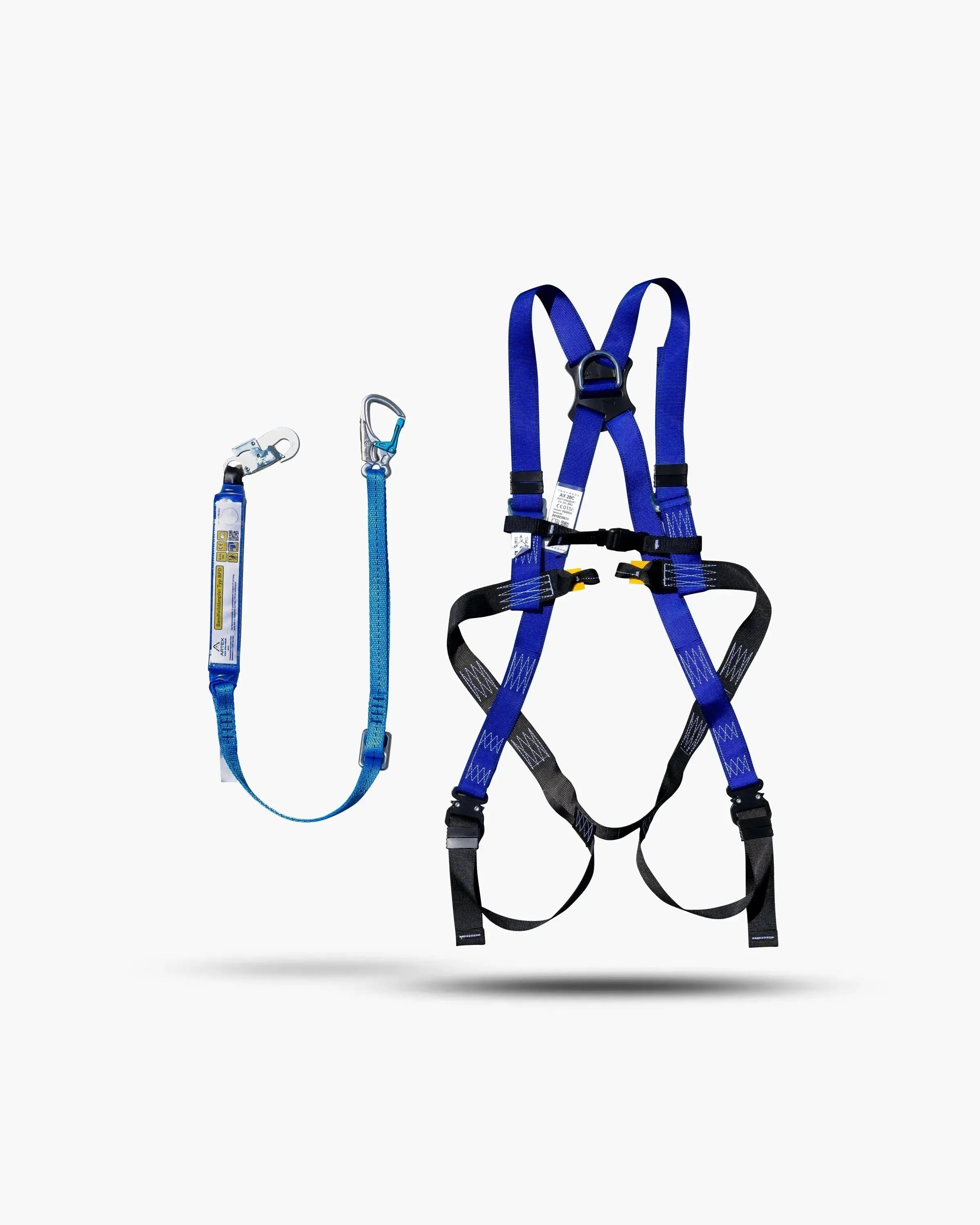


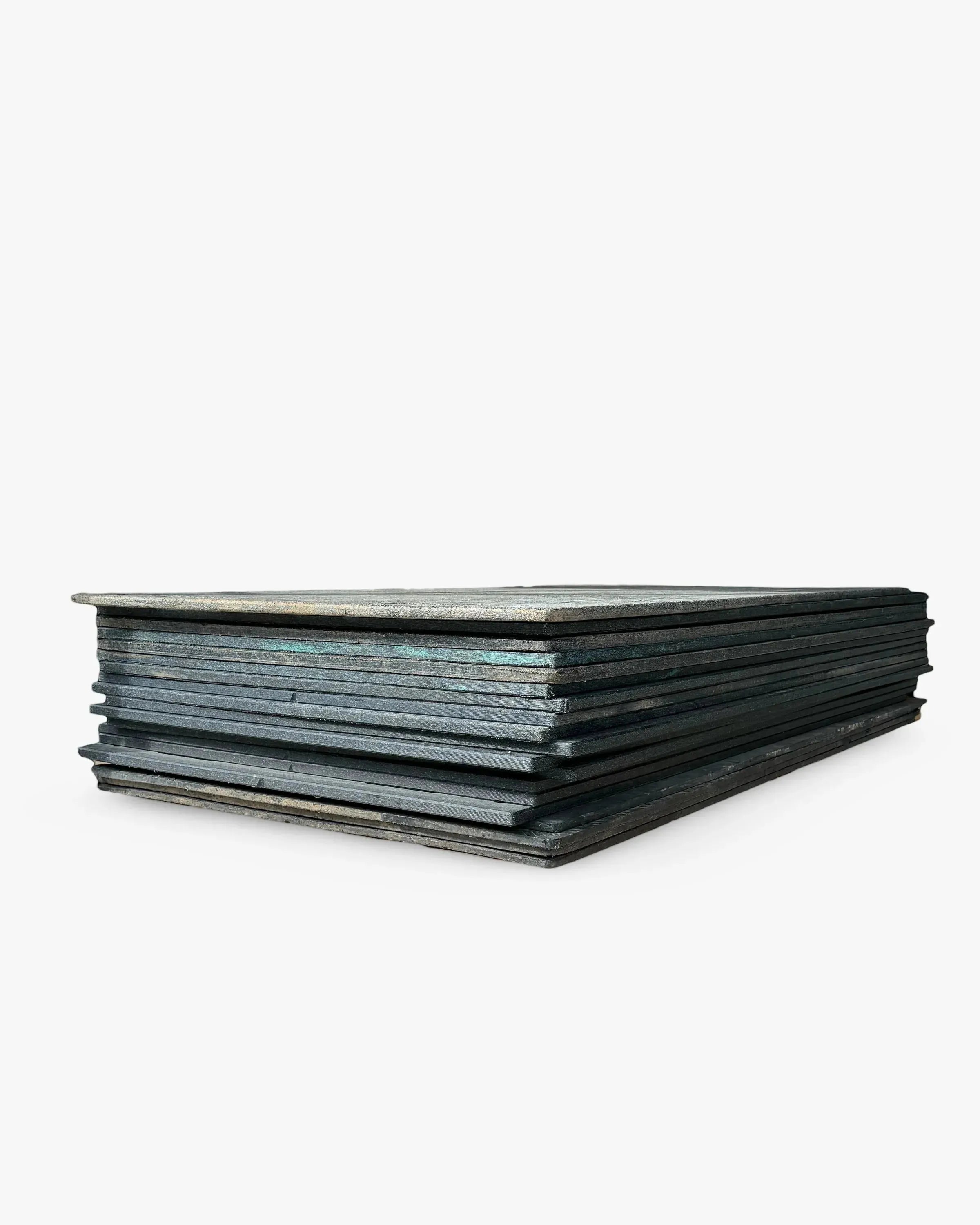

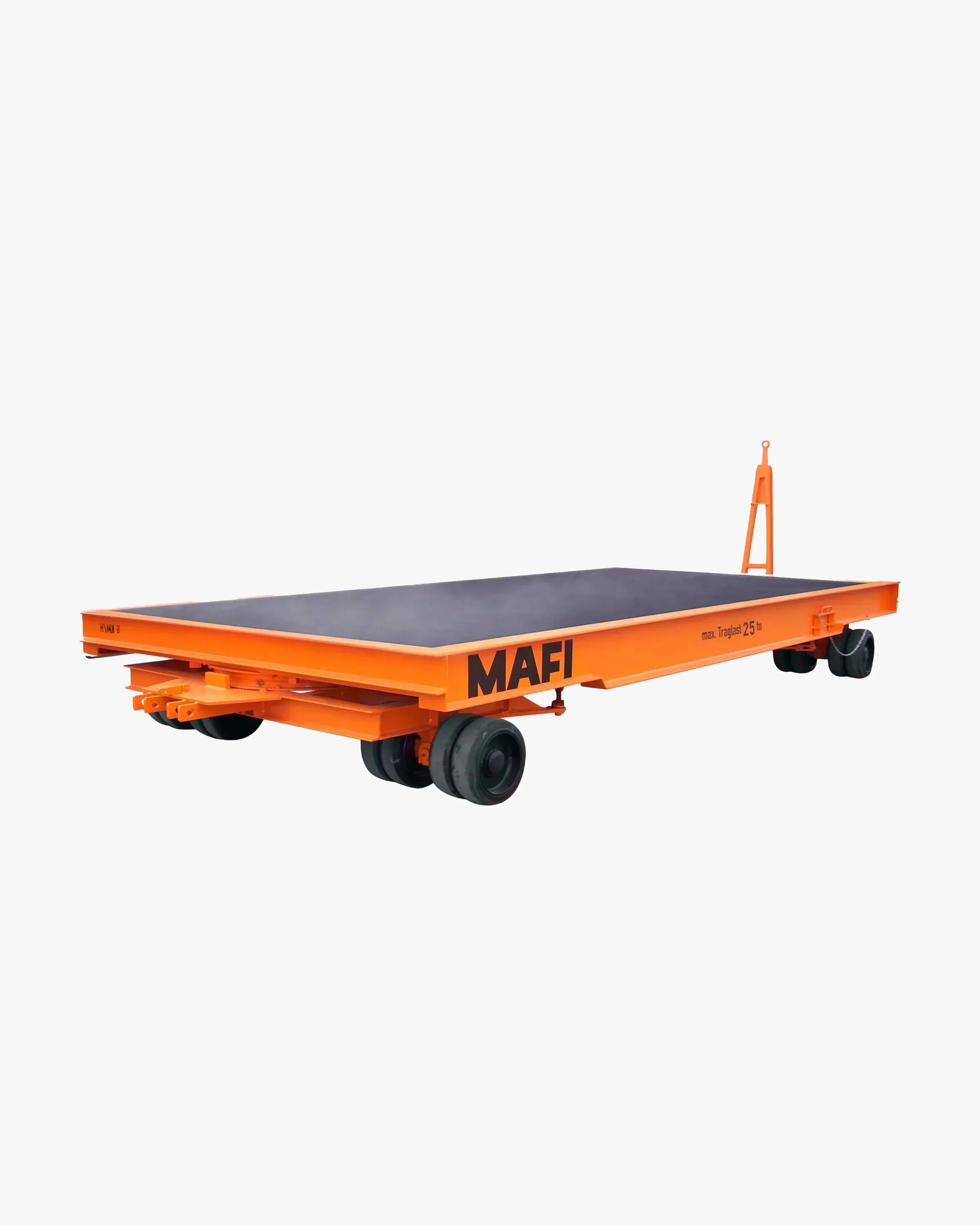
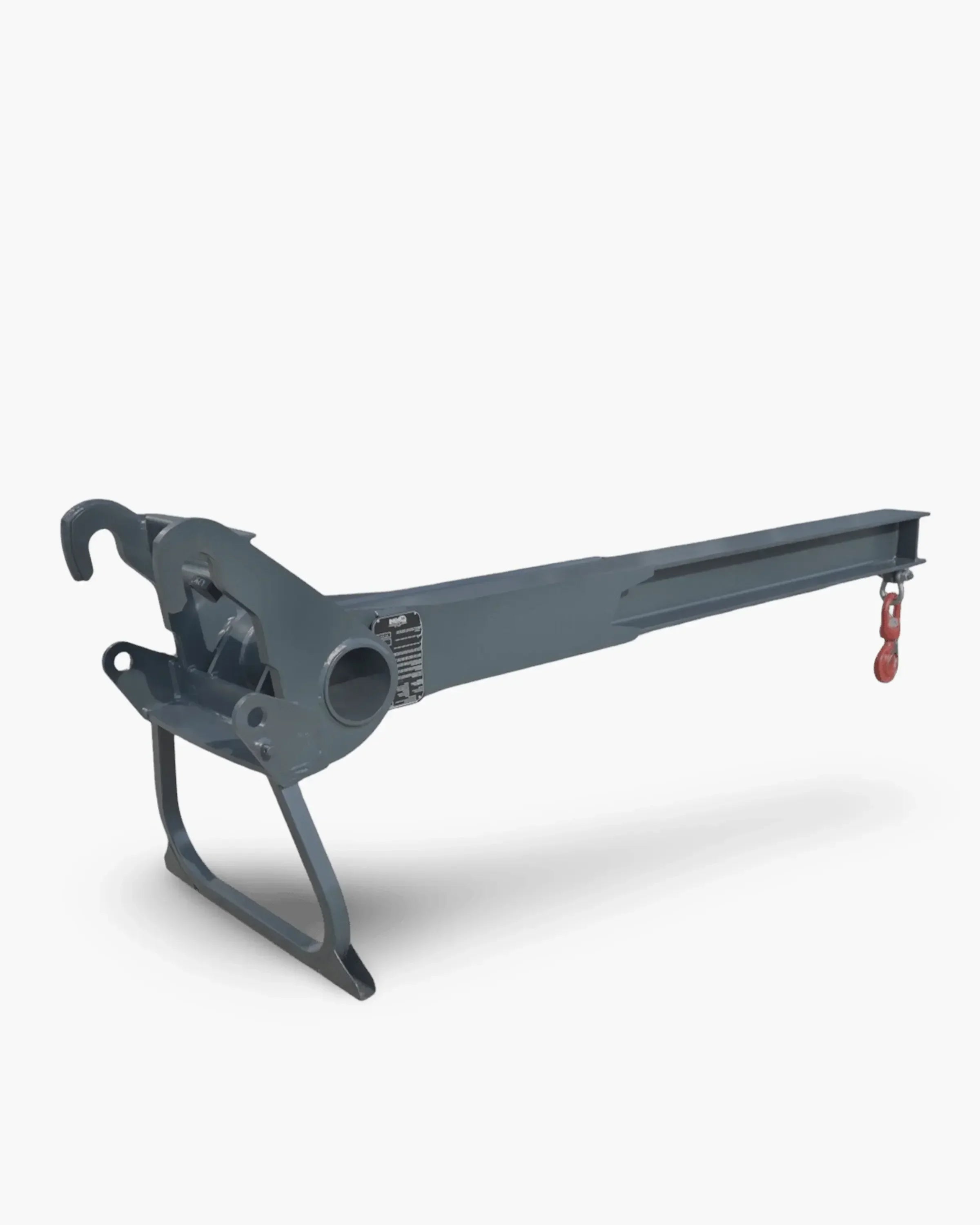
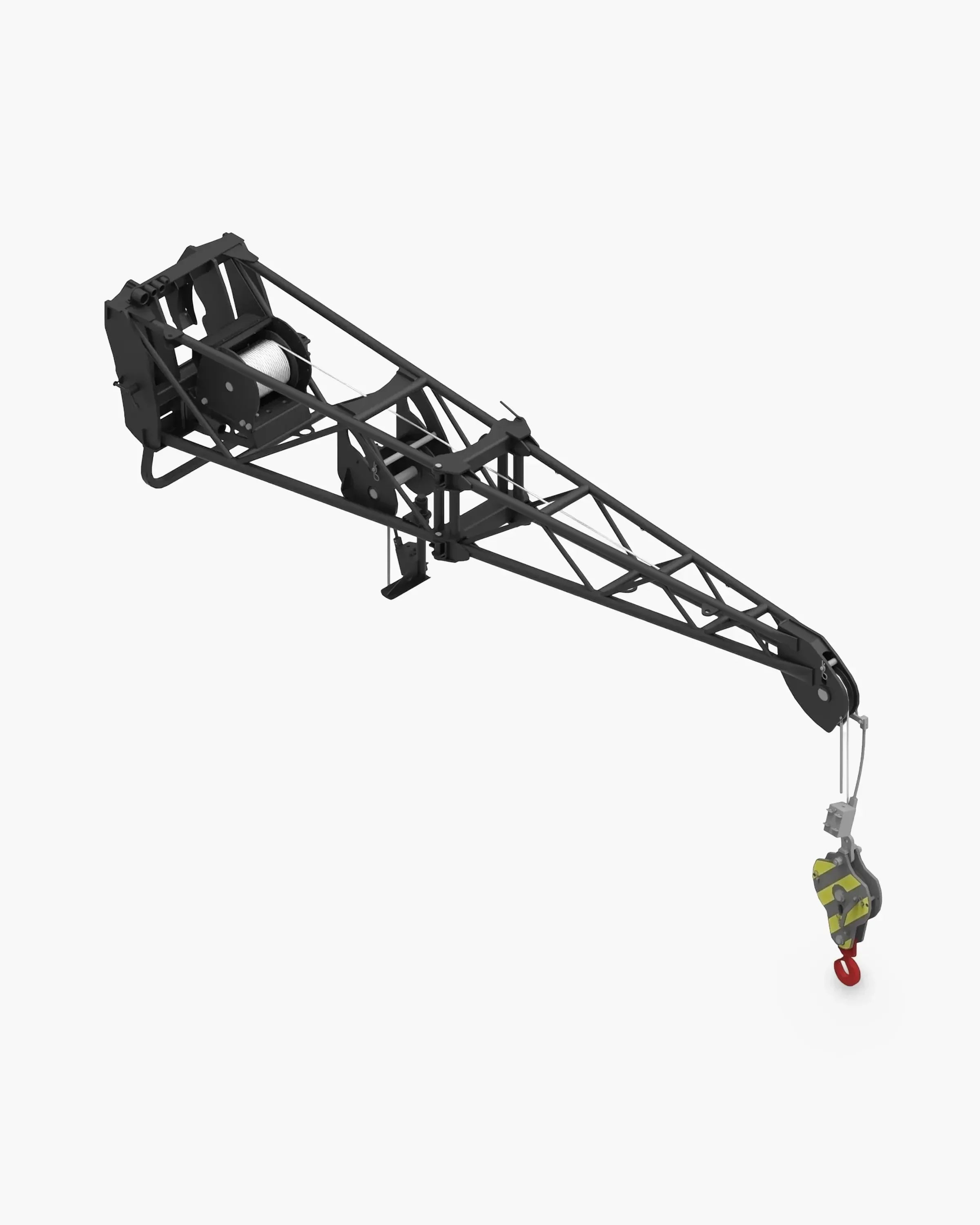
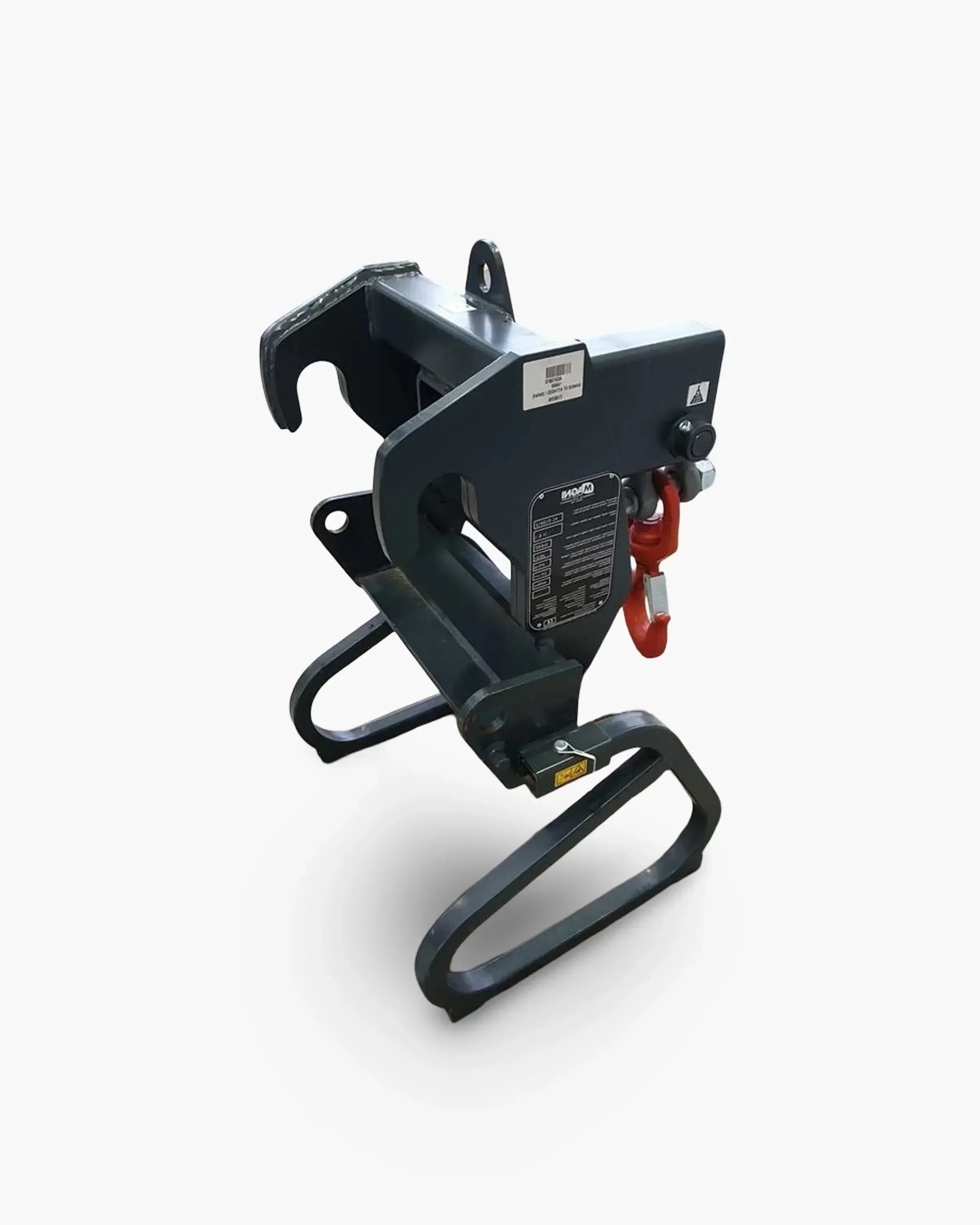

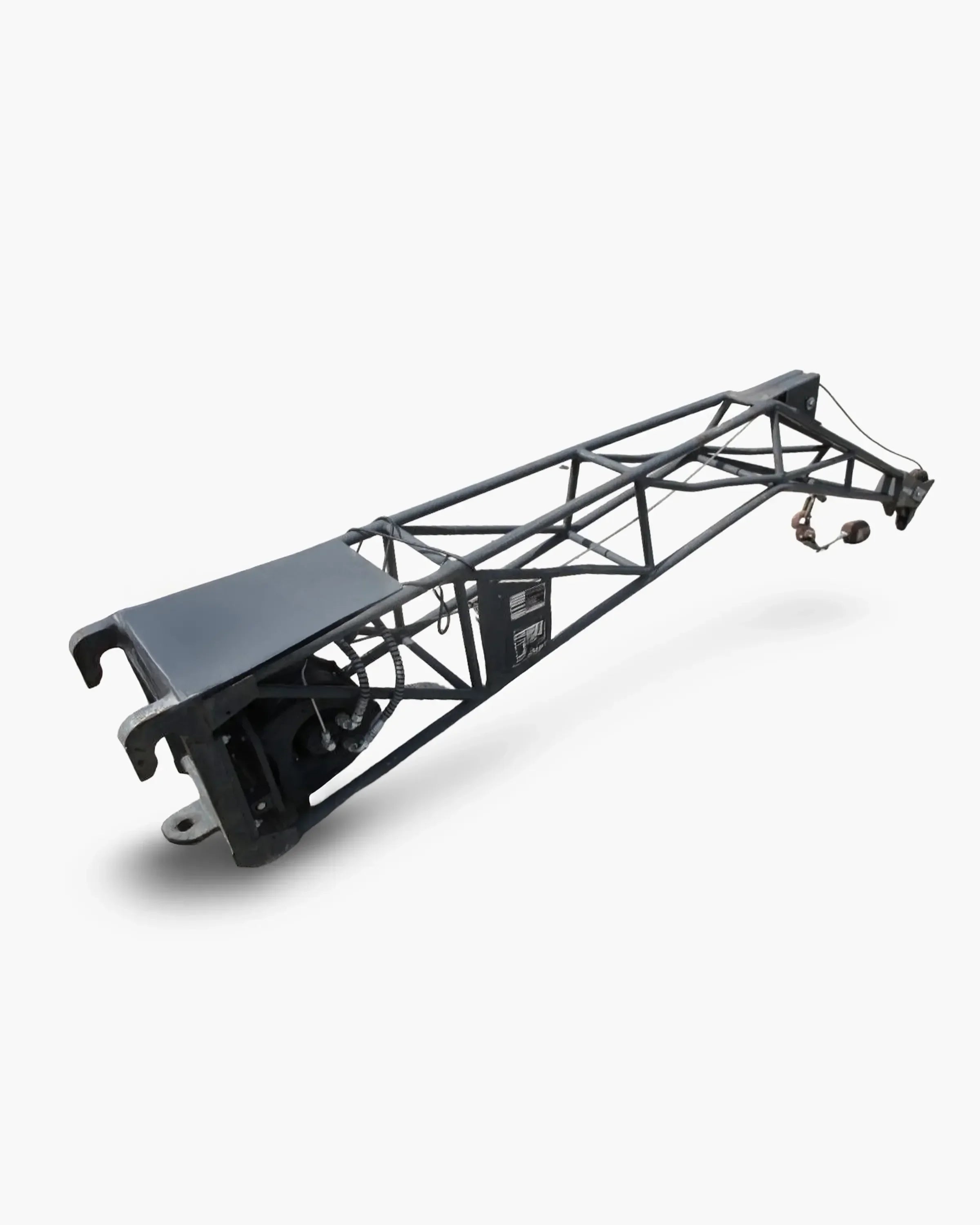
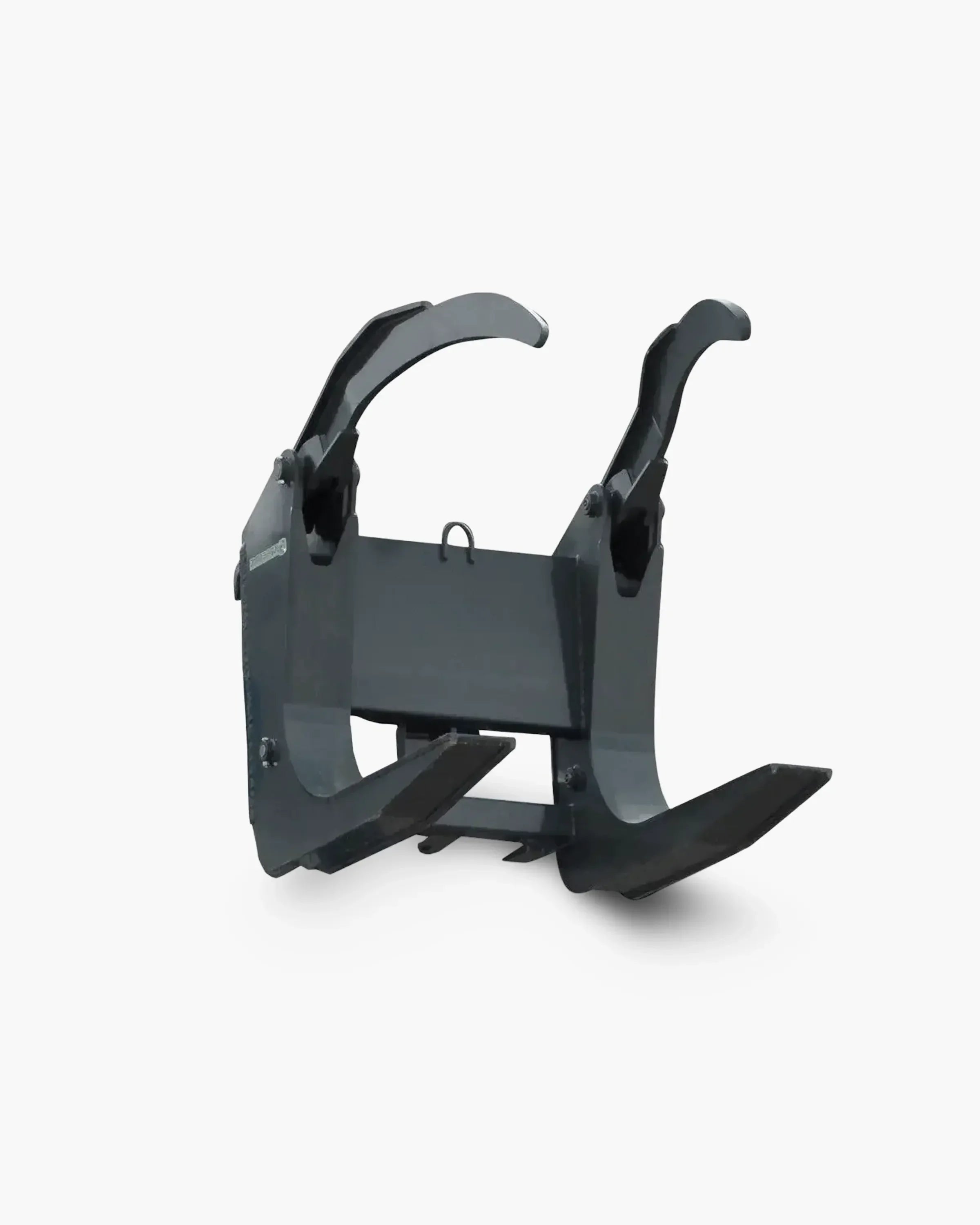
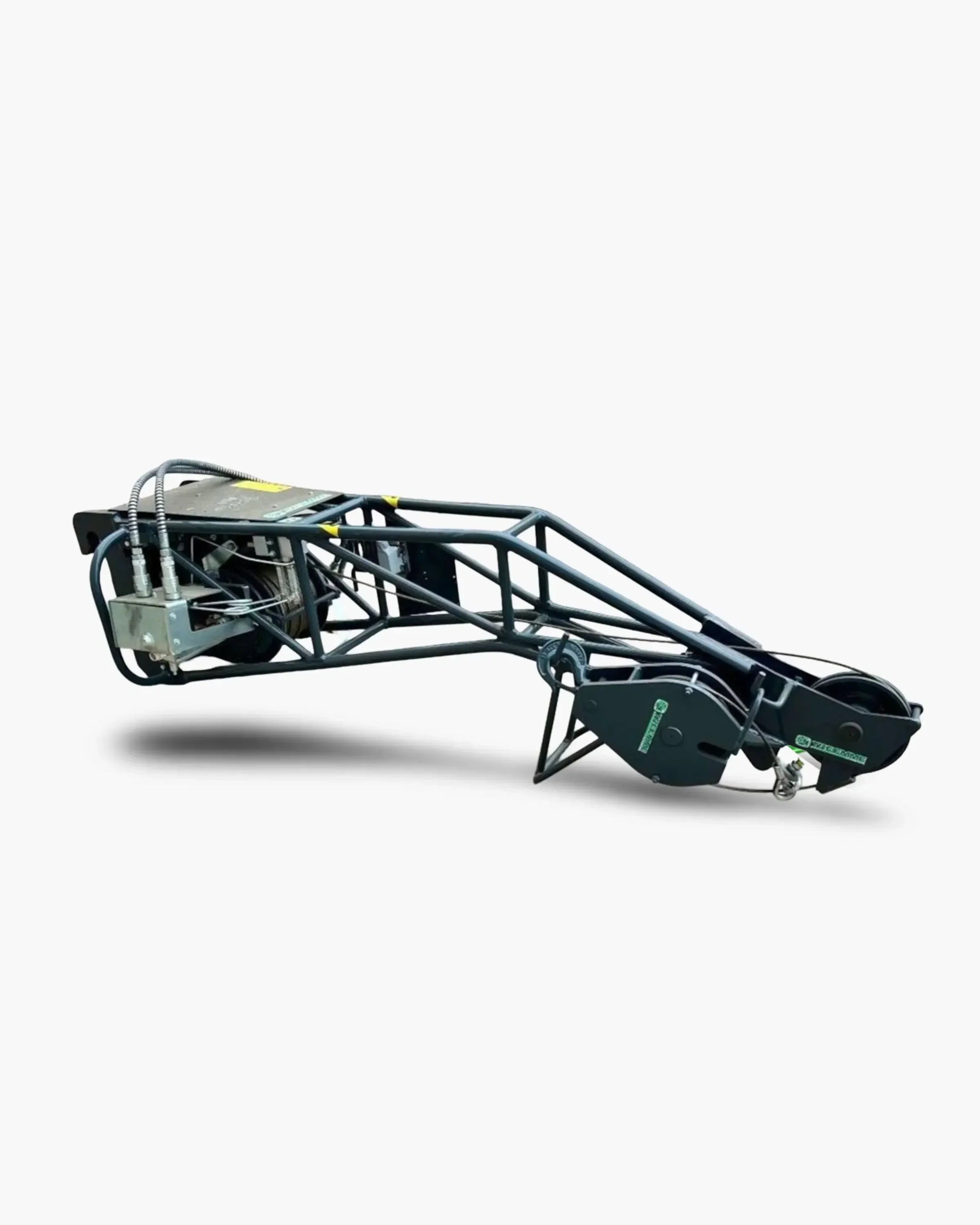

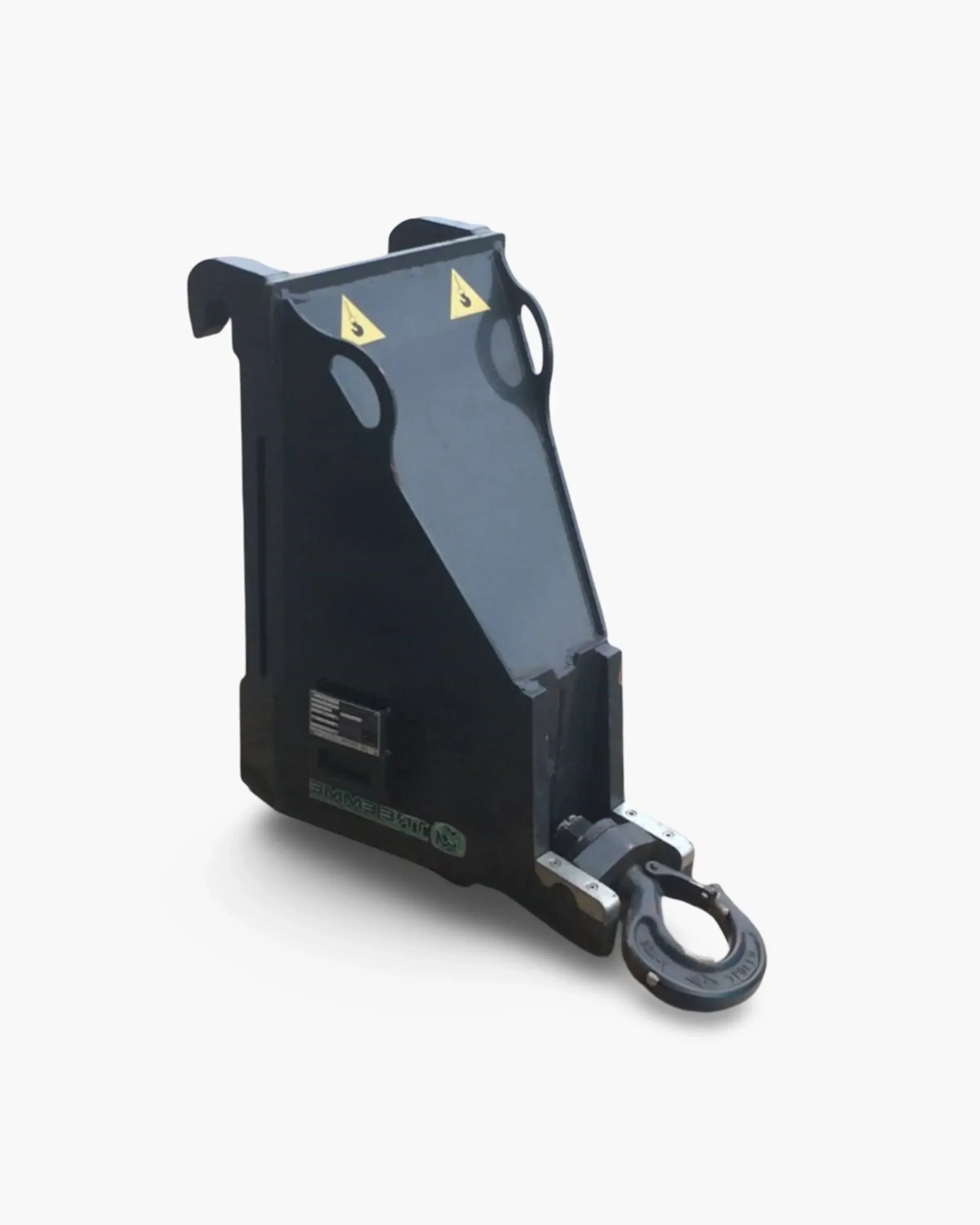
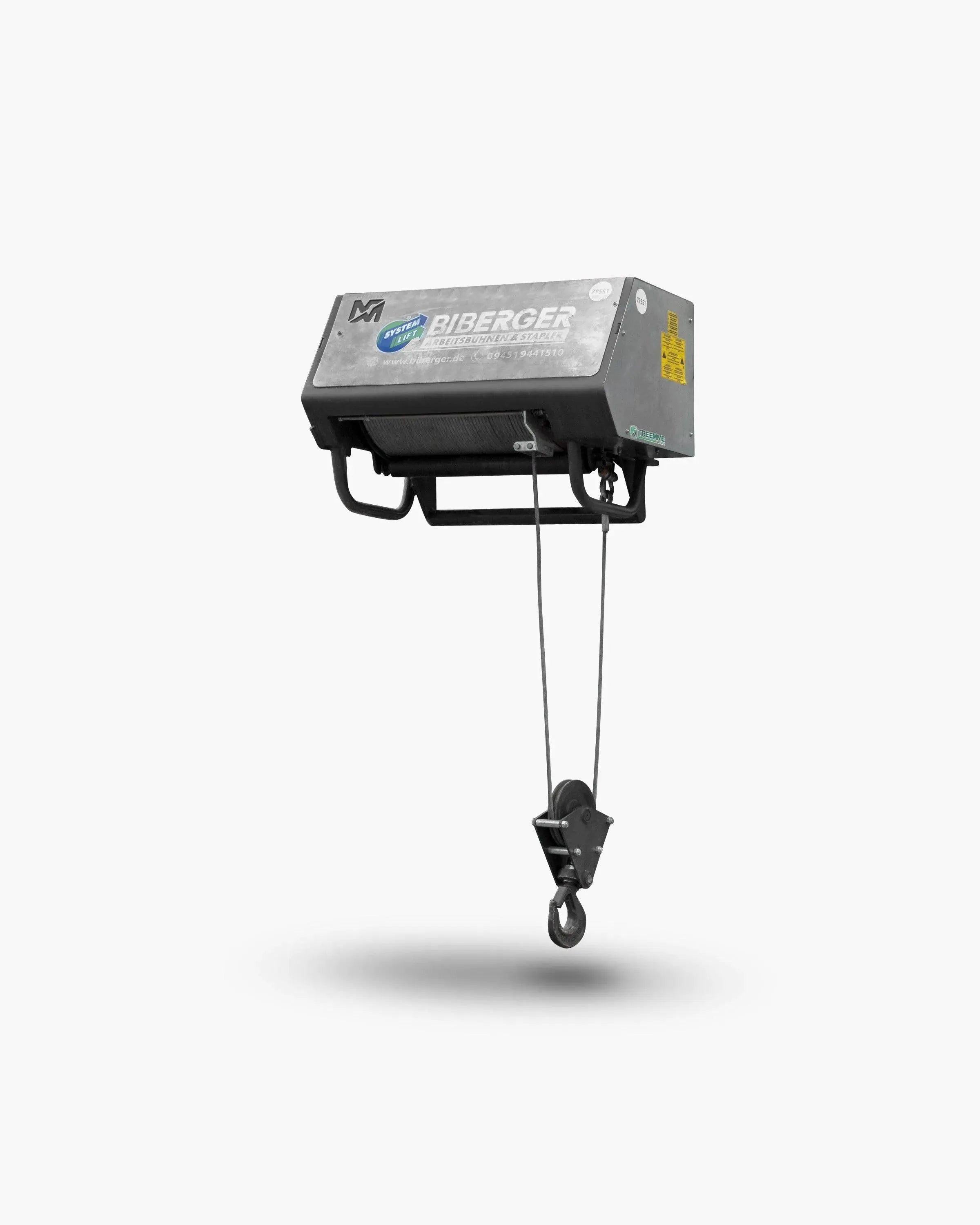
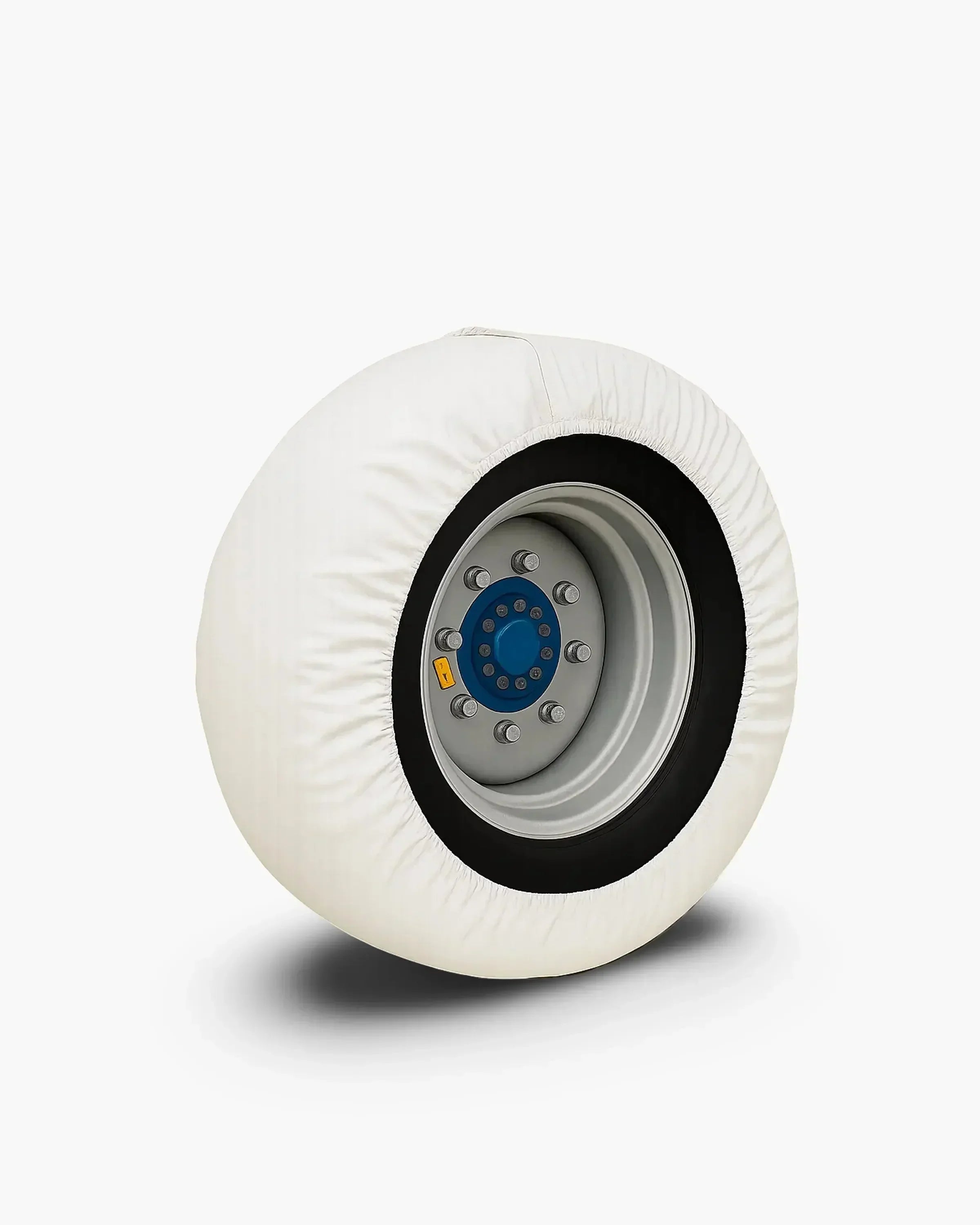


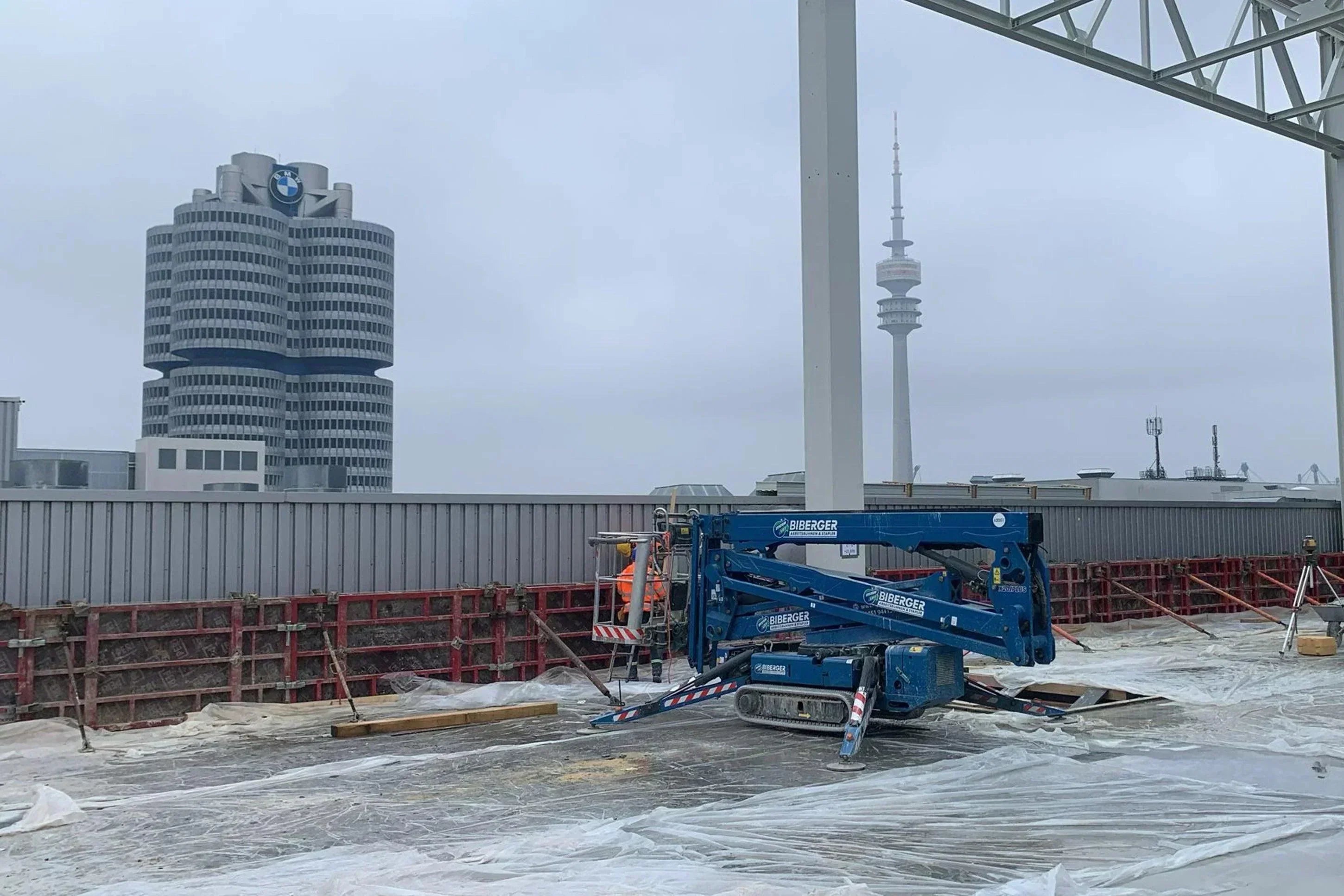

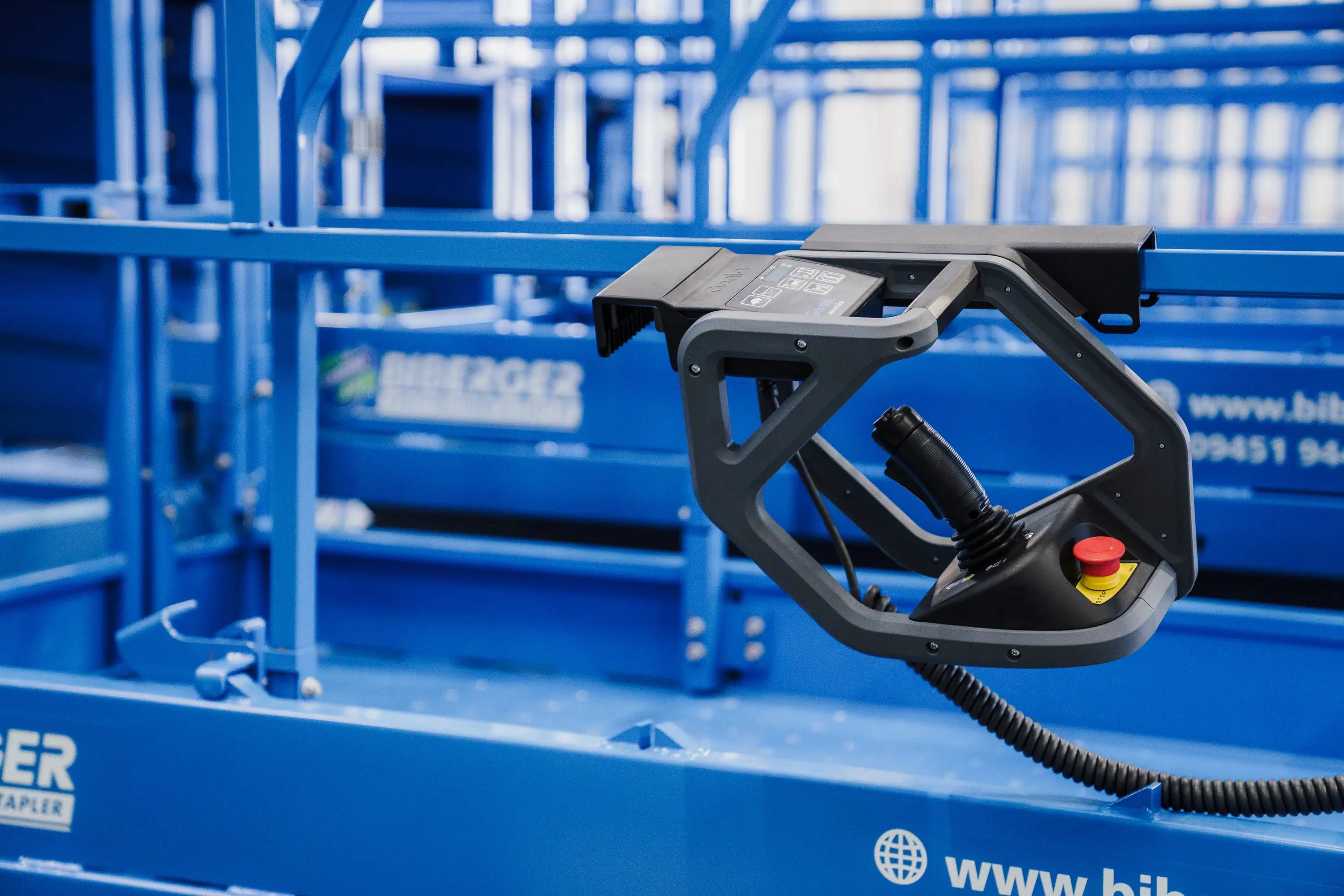
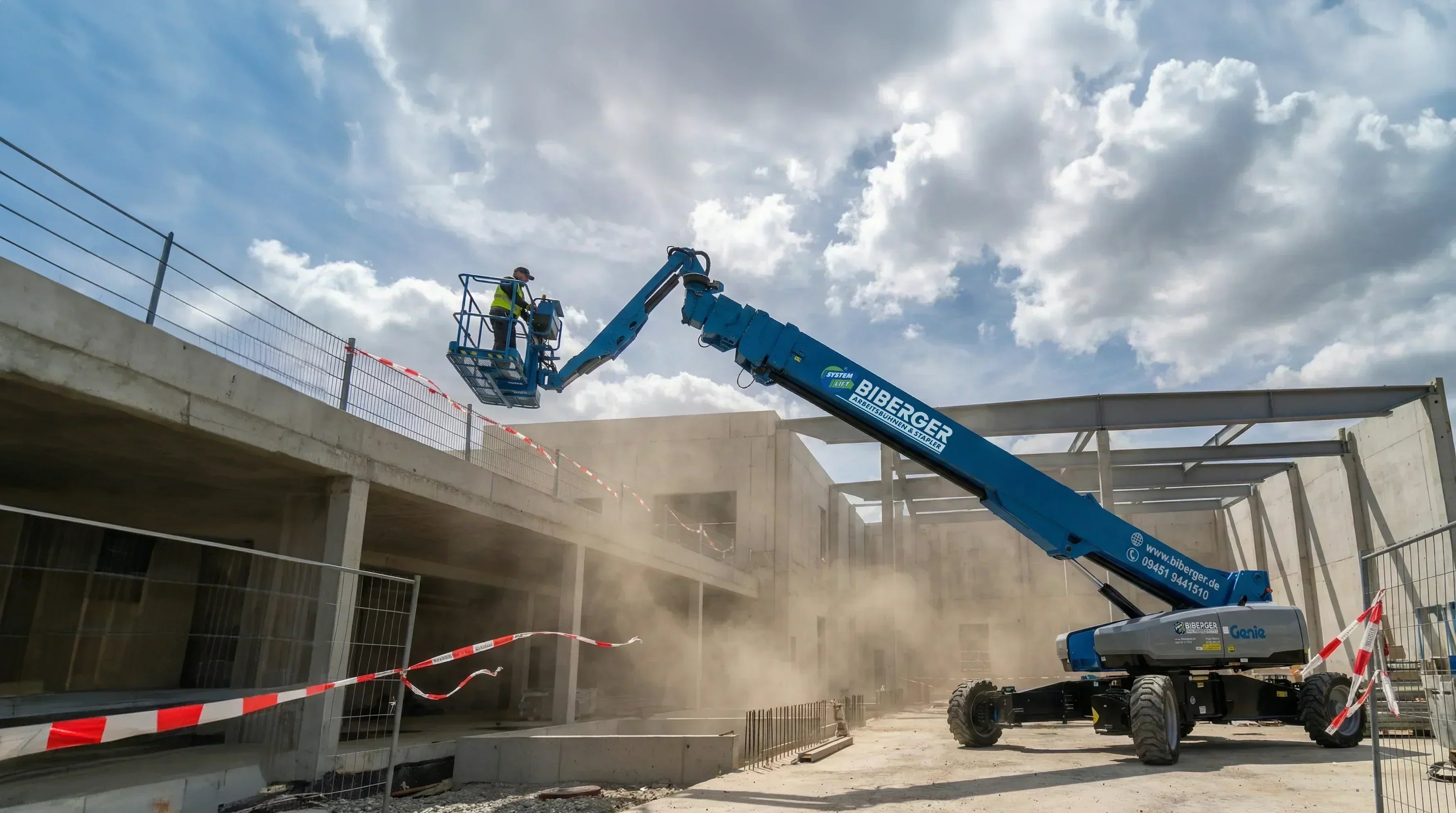
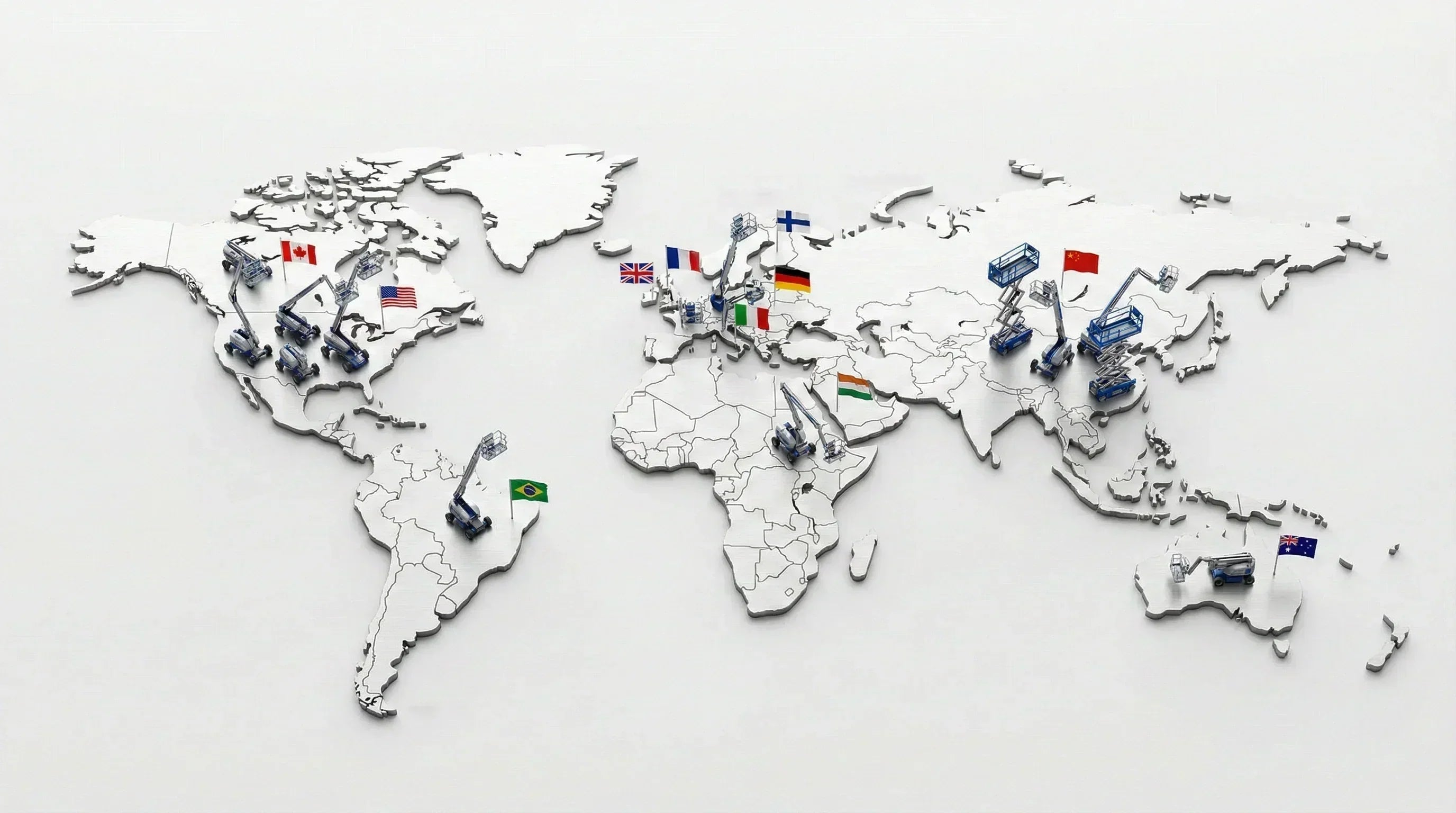
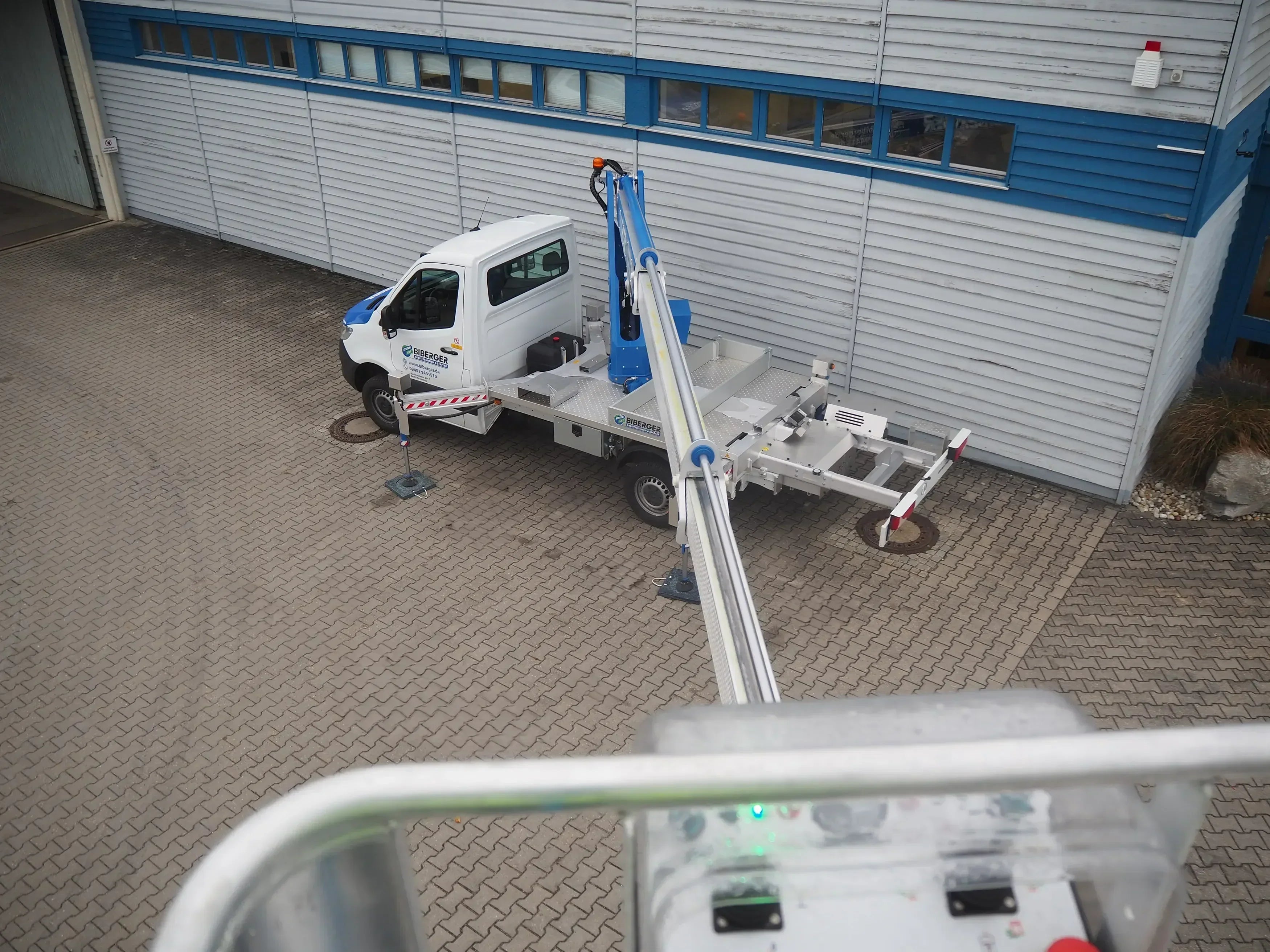
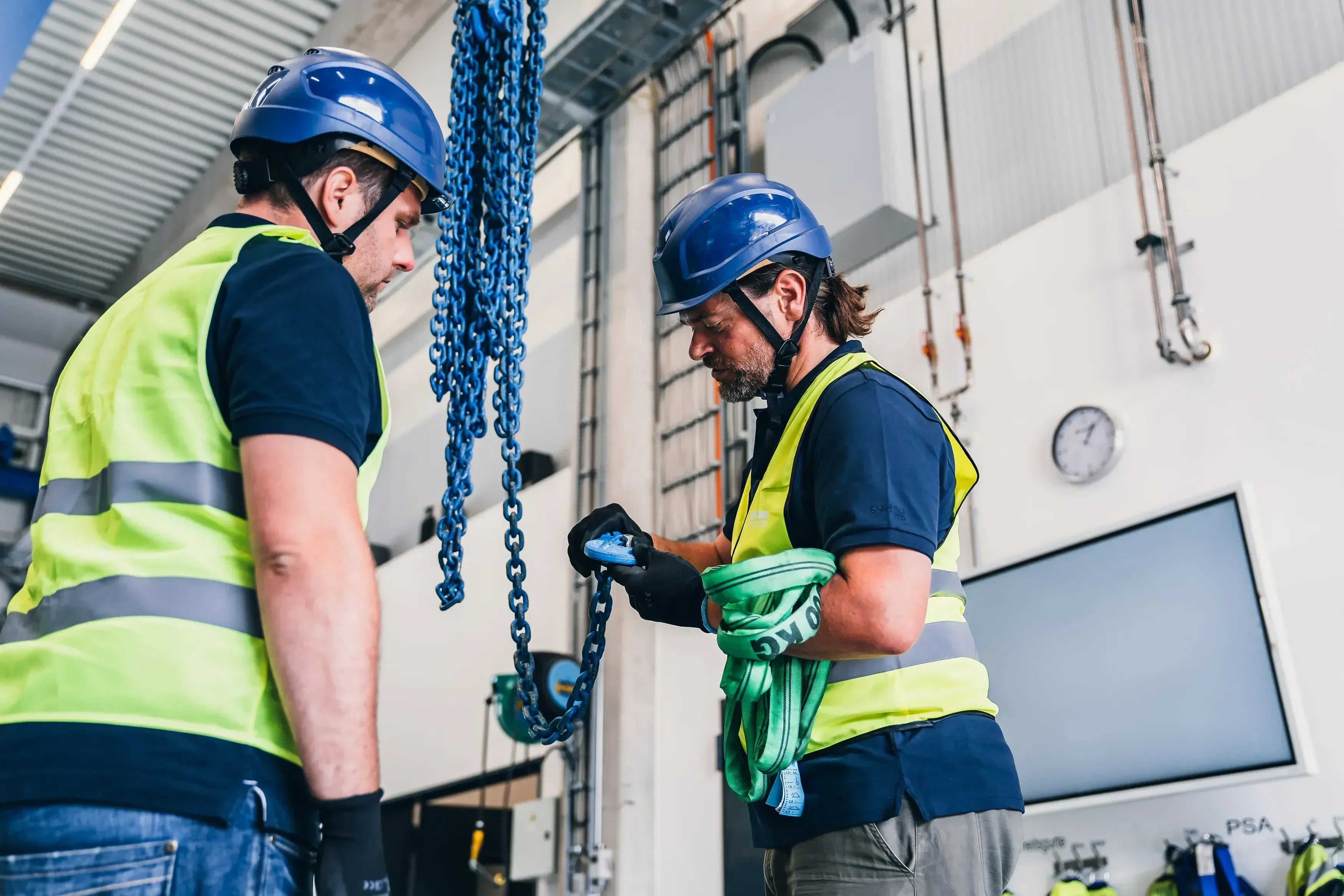
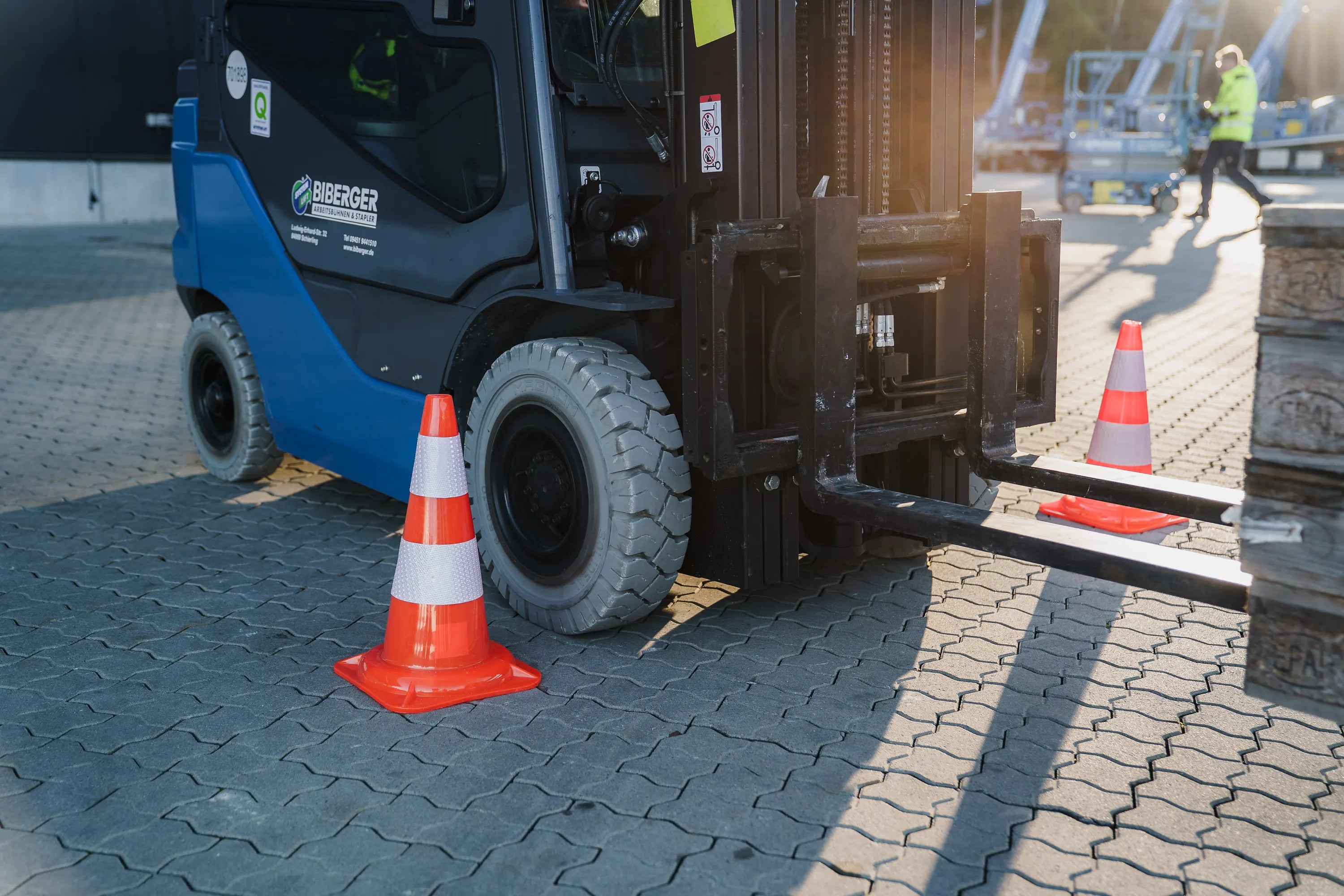
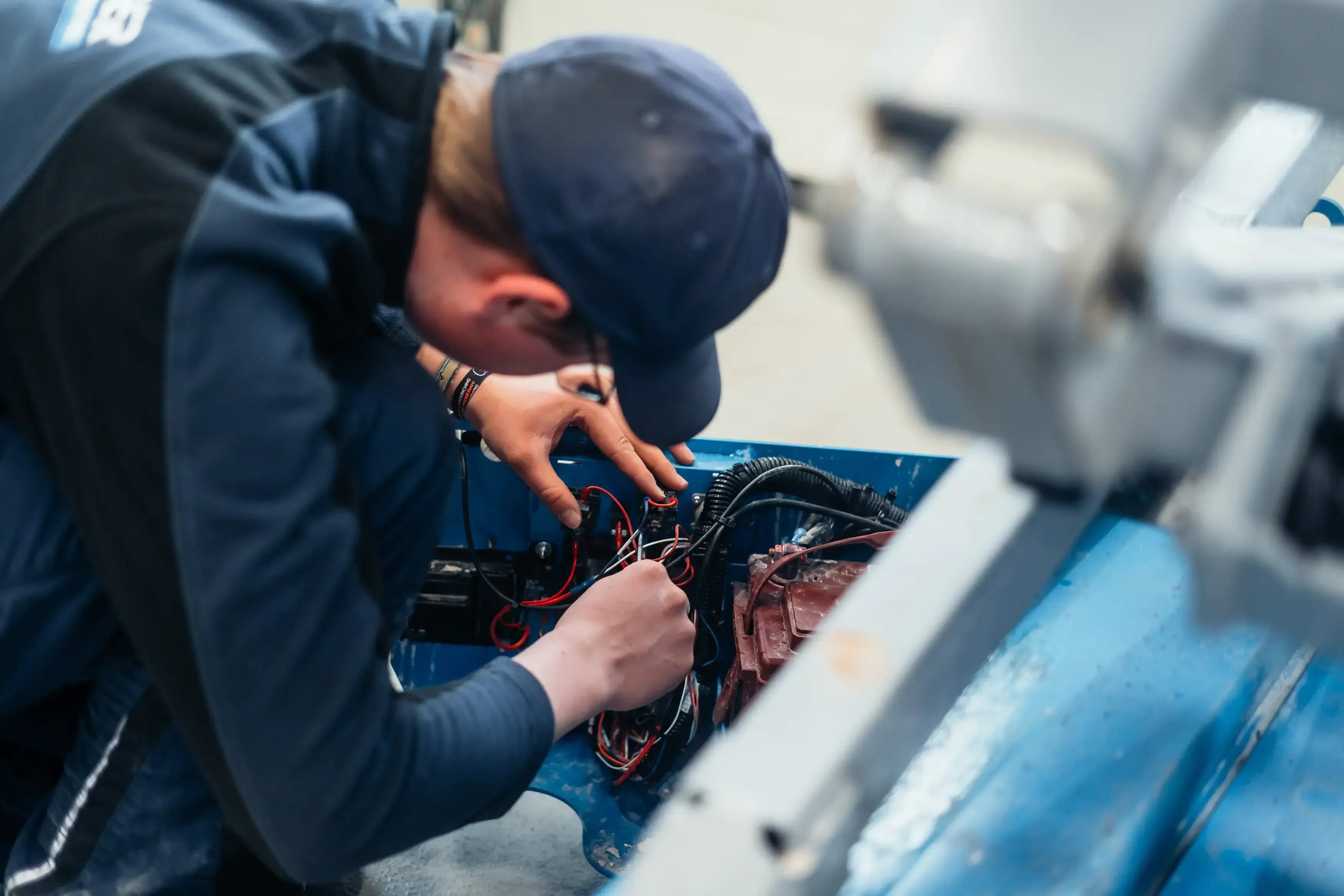
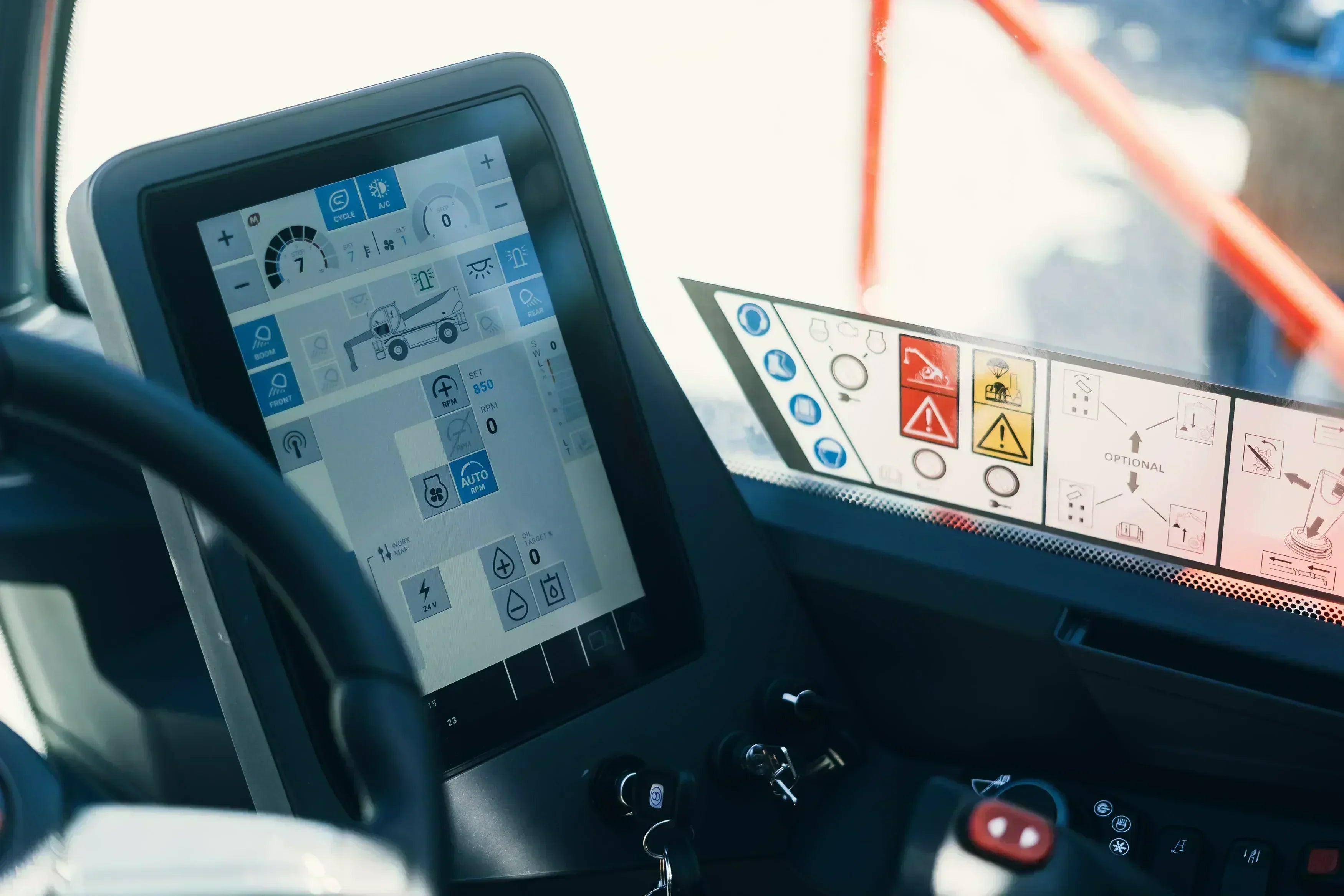






Share:
Boom Lift, Scissor Lift or Cherry Picker: these are the English terms for work platforms
The history of aerial work platforms: From early lifting systems to the modern MEWP industry
Our editorial quality standards
The subject content on biberger.de are editorially created, reviewed, and continuously updated. The basis is our daily work with aerial platforms, telehandlers, and industrial trucks – in rental, sales, operational planning, and technical support.
Each article draws on real-world experience and is editorially reviewed for clarity, accuracy, and practical relevance according to expert criteria. Technical statements are regularly compared against current industry standards and best practices.
The aim of our publications is to make reliable specialist knowledge accessible and to offer guidance to users, decision-makers and industry partners. BIBERGER sees itself as an independent information platform for safe, economical and modern height access technology – well-founded, comprehensible and free from advertising influence.